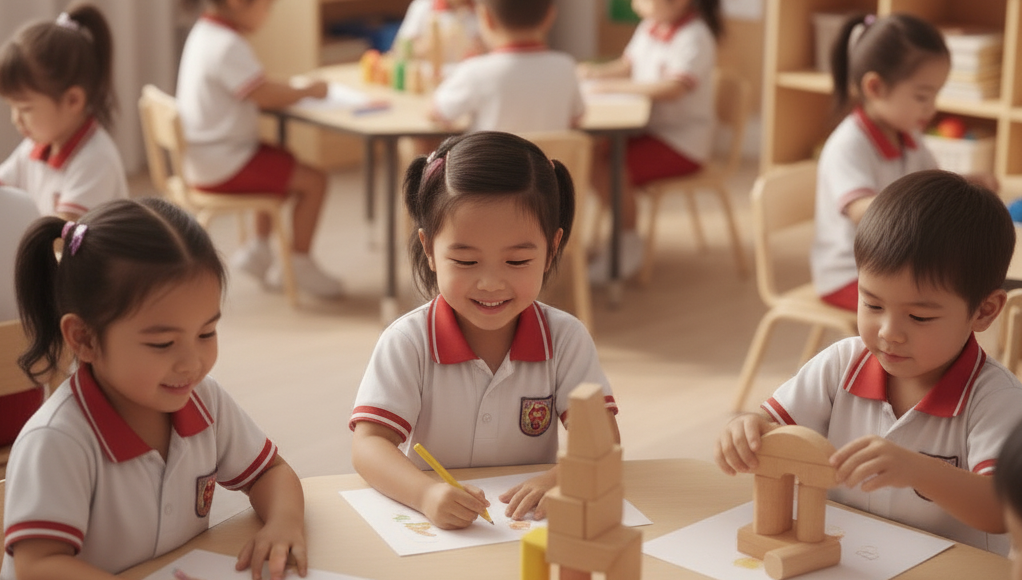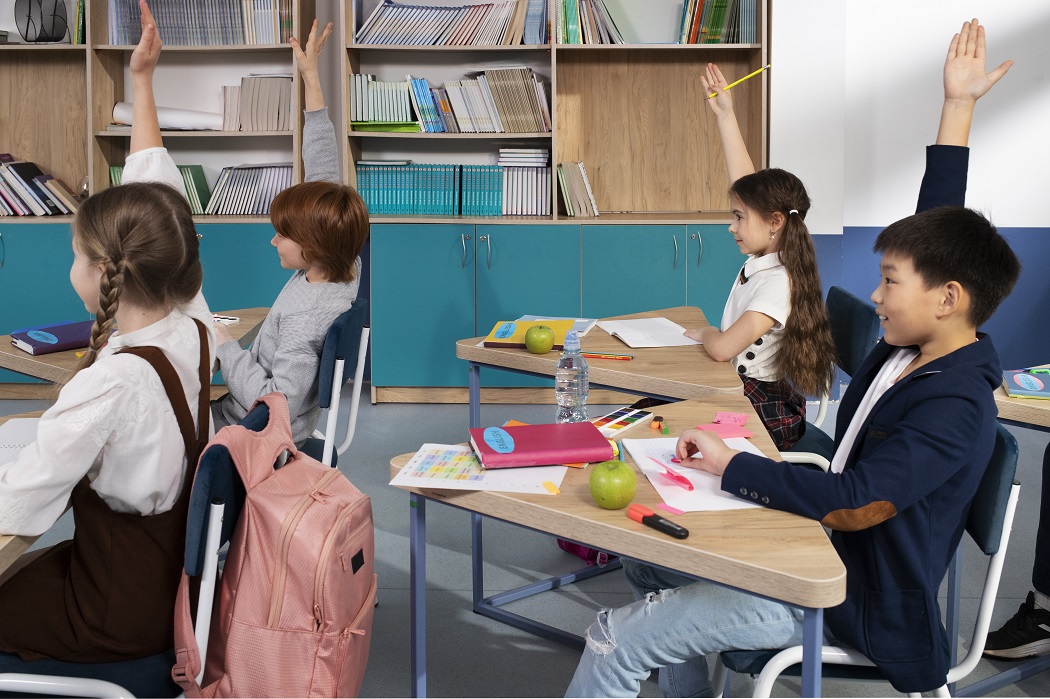
Deciding where your child will start their education journey is one of the most important decisions you will make as a parent. The best international kindergarten can be more than a place of study — it’s where your child learns to express themselves, form relationships with others, and discover just how enjoyable learning can be.
It’s a perfect way to introduce little ones to stacking!
An international kindergarten is a place that focuses on cultivating the natural curiosity of a child. Instead of focusing on academics in the earliest years, the curriculum is focused on exploration, creativity and play-based learning. Many such programs, including the Early Years Foundation Stage (EYFS) or Reggio Emilia approach, are based around supporting children to learn through doing – observing, asking questions and discovering for themselves through experience.
Cultural diversity difference Teachers are mostly from a cross cultural and different teaching background which adds rich diversities in the classroom. This helps children develop mental flexibility and openness to new ideas, which in turn help build the foundation for a critical-thinking mindset that will last a lifetime.
Why parents choose international kindergartens
Today, parents are interested in international kindergarten programs because they believe in a more global educational system. It’s not just about getting kids ready for primary school, but also helping children grow every way imaginable: socially, emotionally and intellectually.
In the normal international classroom, children are given choice, voice and power to work with their peers. The learning atmosphere is more community than classroom. Activities tend to bee hands-on: art, music, nature walks and group projects that help children link their learning to the world around them.
This method fosters confidence and independence — two qualities every parent wants to see in their child.
Children need a place where they belong.
In addition to looking good on the outside, a good international kindergarten has inside. It feels safe, peaceful and inviting. Classrooms are airy and filled with natural light, so children can move around freely to play and explore. Teachers are closely attuned to the personalities and learning styles of every child, so no one falls through the cracks.
Many schools also emphasize emotional health. Children can’t learn until they feel safe and seen. In international schools, teachers may invest time in building relationships and aiding children in emotional management, a skill set that is as critical for our kids to learn as reading or counting.
Learning that feels natural
One of the features of an international kindergarten is that learning happens everywhere, none of which necessarily have to do with a desk. Whether it’s painting, gardening or outdoor play, each activity is part of a larger whole that nurtures critical thinking, creativity and empathy.
Children are also exposed to a variety of cultures round celebrations and classroom themes. They may discover Lunar New Year, Songkran or Christmas all in the same term — and grow to appreciate difference from an early age.
Paving a path for the next generation
The kids who start out in an international kindergarten tend to become communication stars and are being raised as global children. They learn how to listen, collaborate and articulate themselves more confidently. These are skills that translate to elementary school and beyond.
Parents also like an early second-language start (i.e. for bilingual children) or early exposure to English in international settings. It also eases the step-in to more advanced international programs later on.
Picking the right school for your child
There is no one-size-fits-all definition of the “best” international kindergarten — it all depends on the needs of your child and on your family’s values. Some are more academic, others more creative or focused on bilingual enrichment. Visiting some schools and meeting some teachers, observing on the ground can help to give you that intuition of how your kid is going to fit in.
The most important factor is how the school makes your child feel — each day, inspired and supported and ready to learn.
A soft start-up for life
The years at international kindergarten are brief, but the imprint endures. This is when kids learn how to trust the world, how to explore and test new things, how to love learning its own sake. When that initial school experience is positive and supportive, it sets the stage for a lifetime of confidence and curiosity.
























